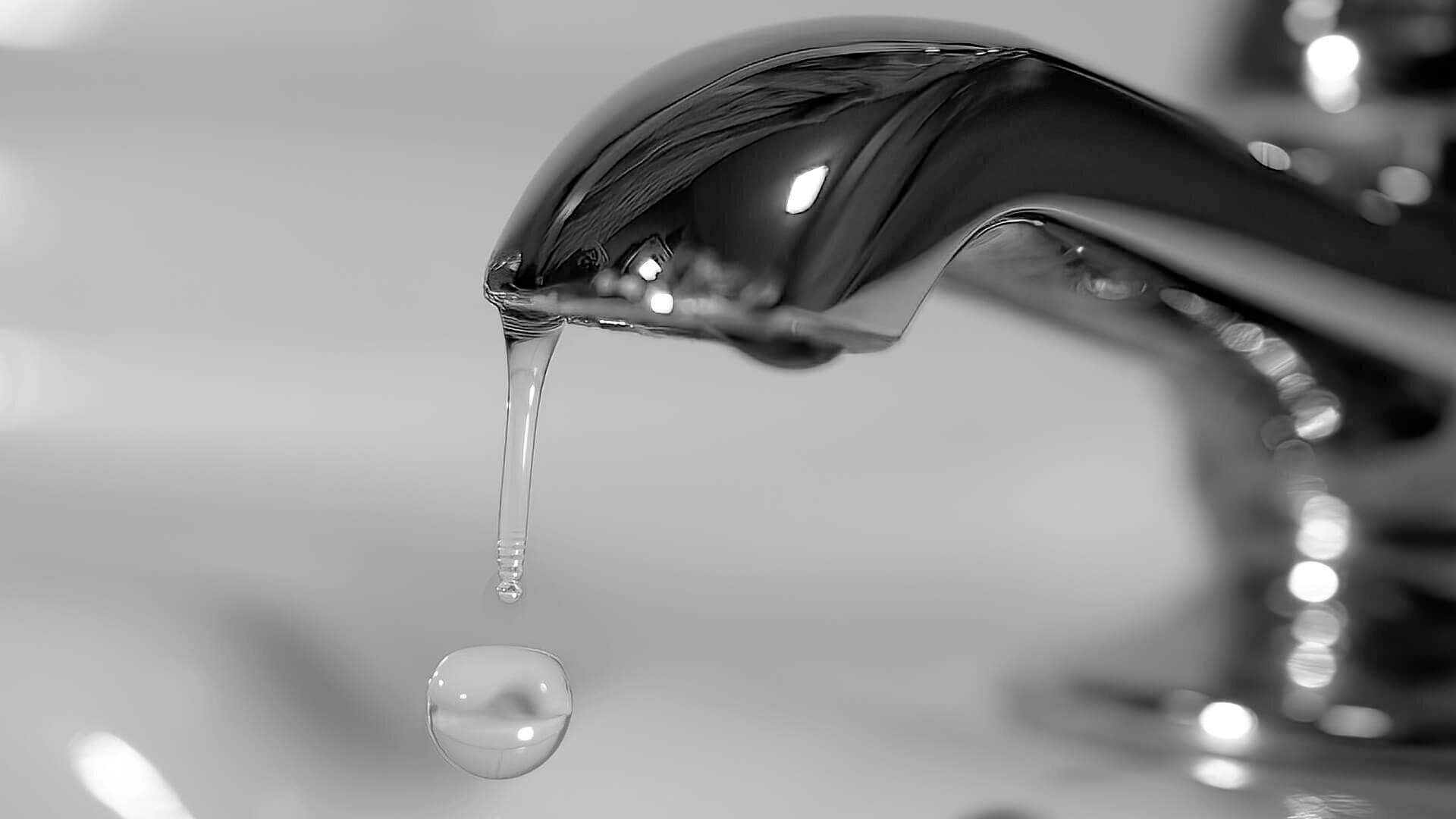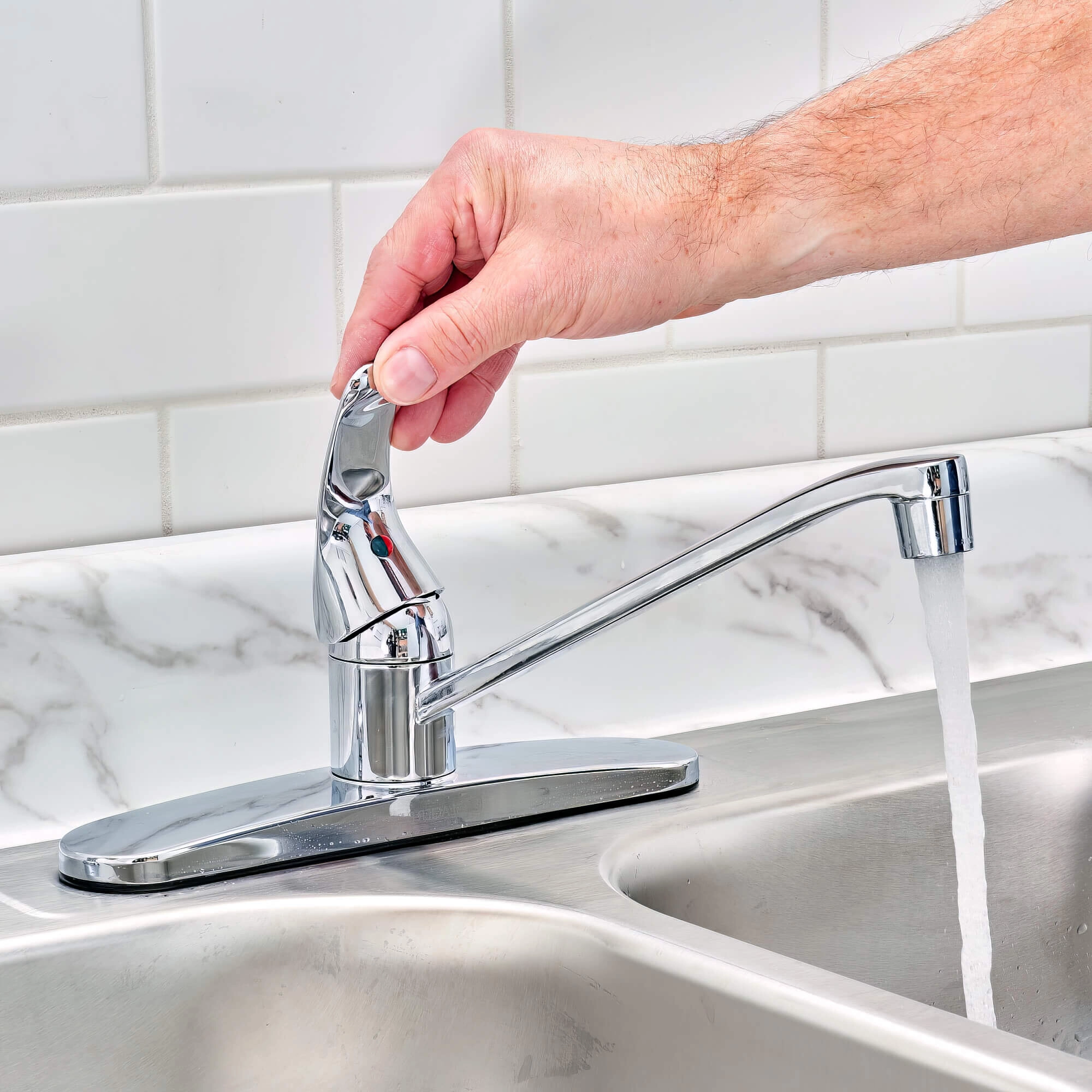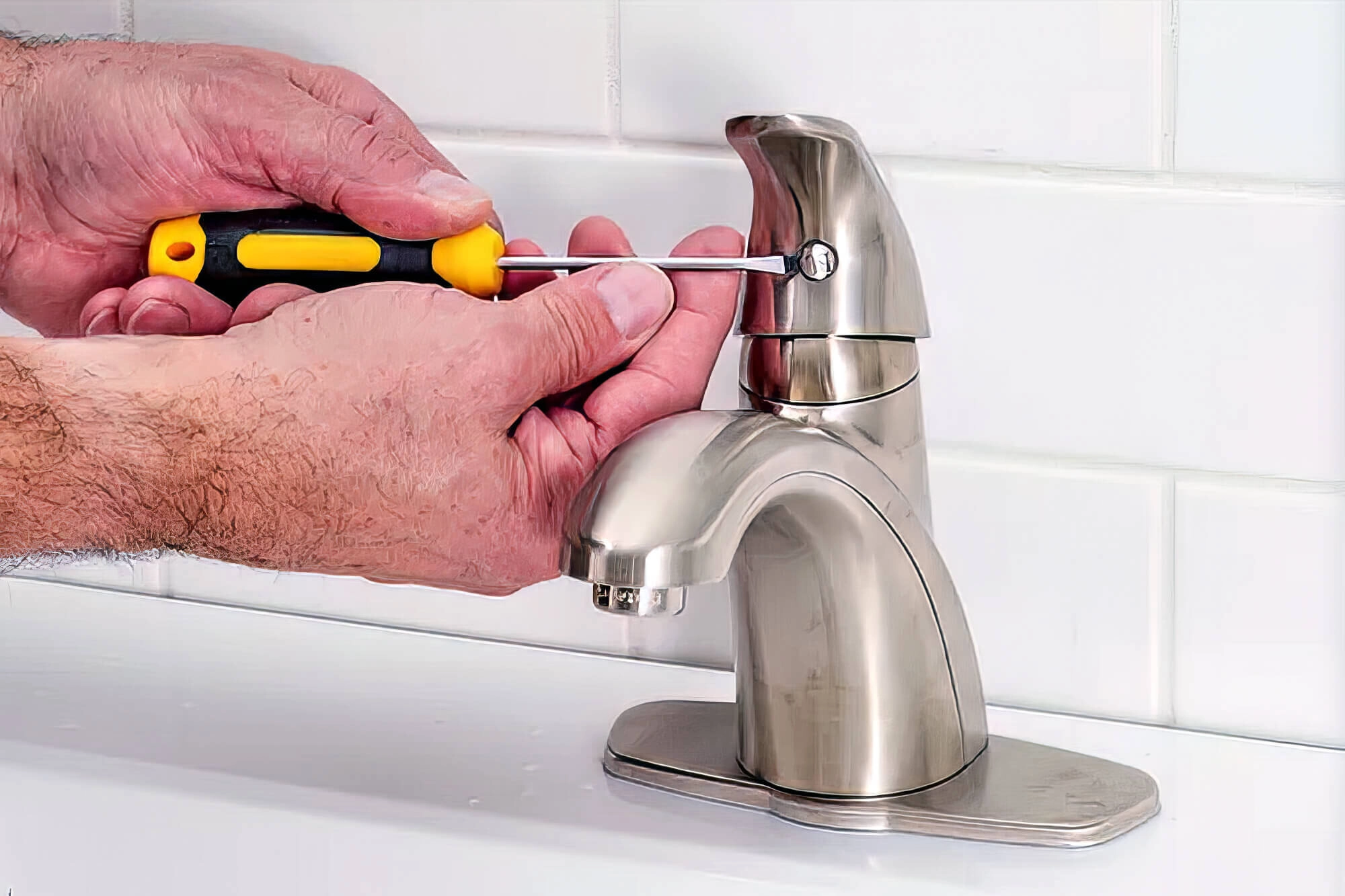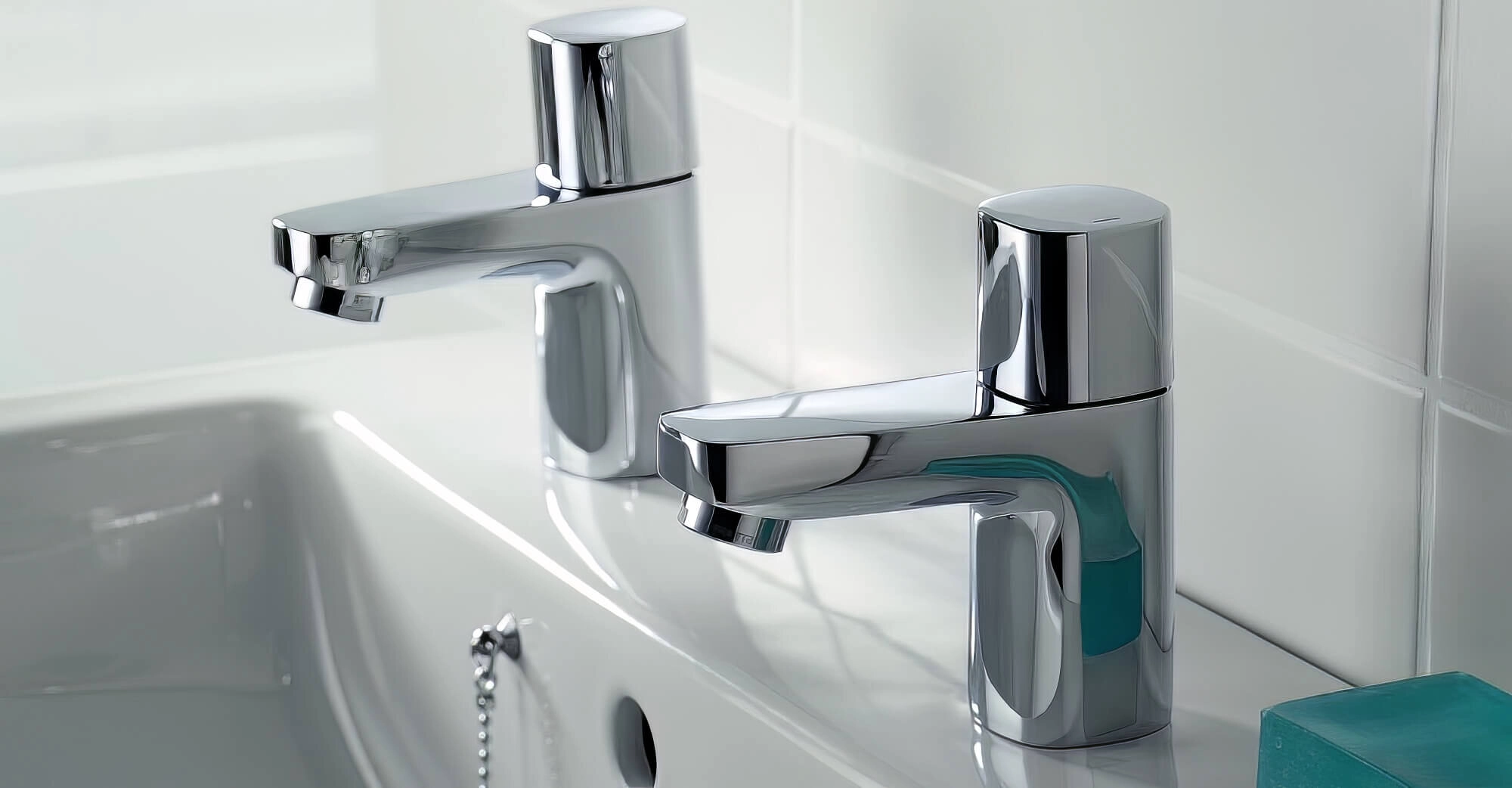A dripping tap is often the first sign of an underlying problem with your plumbing system.
While a single drop of water may not seem like much, a lot of water can be wasted when a tap keeps dripping unchecked. A tap that drips once per second can waste up to 9,000 litres of water per year .
There are several reasons why a tap might start dripping , the most common cause being the wear and tear of the washer . Washers are made from rubber or other soft materials, which means they will eventually break down and need to be replaced.

Another possible reason for a dripping tap is temperature changes. As water expands and contracts due to sudden temperature changes, taps may crack and cause leakage.
In the following sections, we will tell you about the other reasons so you can implement the right fix. Read on!
Why Is My Tap Dripping?
There are several common reasons why a tap may drip, like:
- Worn-out seals inside the tap that need to be replaced
- Washers are not sealing properly against the seats
- Damaged or missing O-rings
- Valves are not closing properly
- Blockage preventing the normal flow of water through the tap
- The pressure relief valve is not working properly and allowing water to escape from the tap
Now let us look into some of the primary reasons for a leaking tap.
1. Damaged Valve Seat
The valve seat (the area where the rubber washer seals against the metal) can wear out or crack or chip with regular use. When this happens, water can slowly seep past the damaged valve seat and cause a drip.
2. Water Pressure
That’s right- too much water pressure can cause your taps to drip . If the water pressure in your home is too high, it can stress the seals and washers in your taps, causing them to fail and allowing water to leak out .
3. Damaged O-Ring
If you don’t know this already, an O-ring is a small rubber ring that seals the connection between the stem and the valve seat and is often used in place of washers. If this ring becomes damaged or worn out, it can start a leak.
4. Worn Out Cartridge
The cartridge is the part of the tap that controls the water flow. Over time, this component can become worn out, causing water to leak past and drip from the faucet .
5. Lose Packing Nut
The packing nut is the nut that holds the stem in place. Over time, the packing nut can become loose, letting water seep and leak.
What Are The Common Types Of Taps?
Now that you know why a tap might be dripping, let us tell you about the types of taps and where the washers and other parts are placed. This will help you locate the leak quickly and fix it.
1. Ball Taps
The most common type of tap, the ball tap, uses a rubber or metal ball to stop the water flow. A pin moves up and down in the centre of the ball, opening and closing the hole.

2. Ceramic Disk Taps
Like a cartridge tap, a ceramic disk tap also has a cylinder that controls water flow. In a ceramic disk tap, the cylinder turns to start and stop the flow of water (instead of moving up and down).

3. Cartridge Taps
A cartridge tap has a cylinder inside it that controls the water flow. The position of the handle determines how far up or down the cylinder sits, which controls the water flow.
4. Washer Taps
A washer tap has a rubber or nylon washer that seals against a metal seat in the tap body. The handle controls a screw that presses the washer onto the seat, stopping or starting the water flow.
5. Compression Taps
A compression tap has two handles- one for hot water and one for cold. Under each handle is a rubber washer. The handles press the washers down onto seats in the tap body, initiating or stopping the flow.
6. Pillar Taps
Pillar taps have two separate spouts, one for hot water and one for cold. Each spout has a handle controlling a washer to stop or start the water flow.

7. Disc Taps
A disc tap is similar to a cartridge tap, but instead of a cylinder, it has a disc with holes. The position of the handle here determines how far the disc sits and controls the flow of water.
8. Bib Taps
Also called a stop tap or gate valve, a bib tap is used to turn the water supply on or off to the whole house or an individual fixture. A bib tap has a handle that turns a wheel inside the tap body to control the water flow.
9. Check Valves
Lastly, check valves that allow water to flow in only one direction and prevent backflow. Check valves are often used in irrigation systems where water is pumped from one location to another.
No More Drip, Drip, Drip!
Aside from the reasons mentioned earlier, limescale build-up between the seal and the faucet body can hamper the tap mechanism, making it difficult to close the tap all the way through.
And, if the water dripping out of your tap is brown , you may have rust or corrosion issues.
Hence, it would be best if you clean around the tap regularly using a hard brush to remove the build-up and keep the tap optimally functional. It is an essential step that you do at least once a month to identify and reduce the chances of leaks .
For Sydney plumbers who can stop your dripping tap in minutes, make sure you speak to the team at Fixed Fast Plumbing . Call us today for 24-hour assistance on 1300 349 327 !